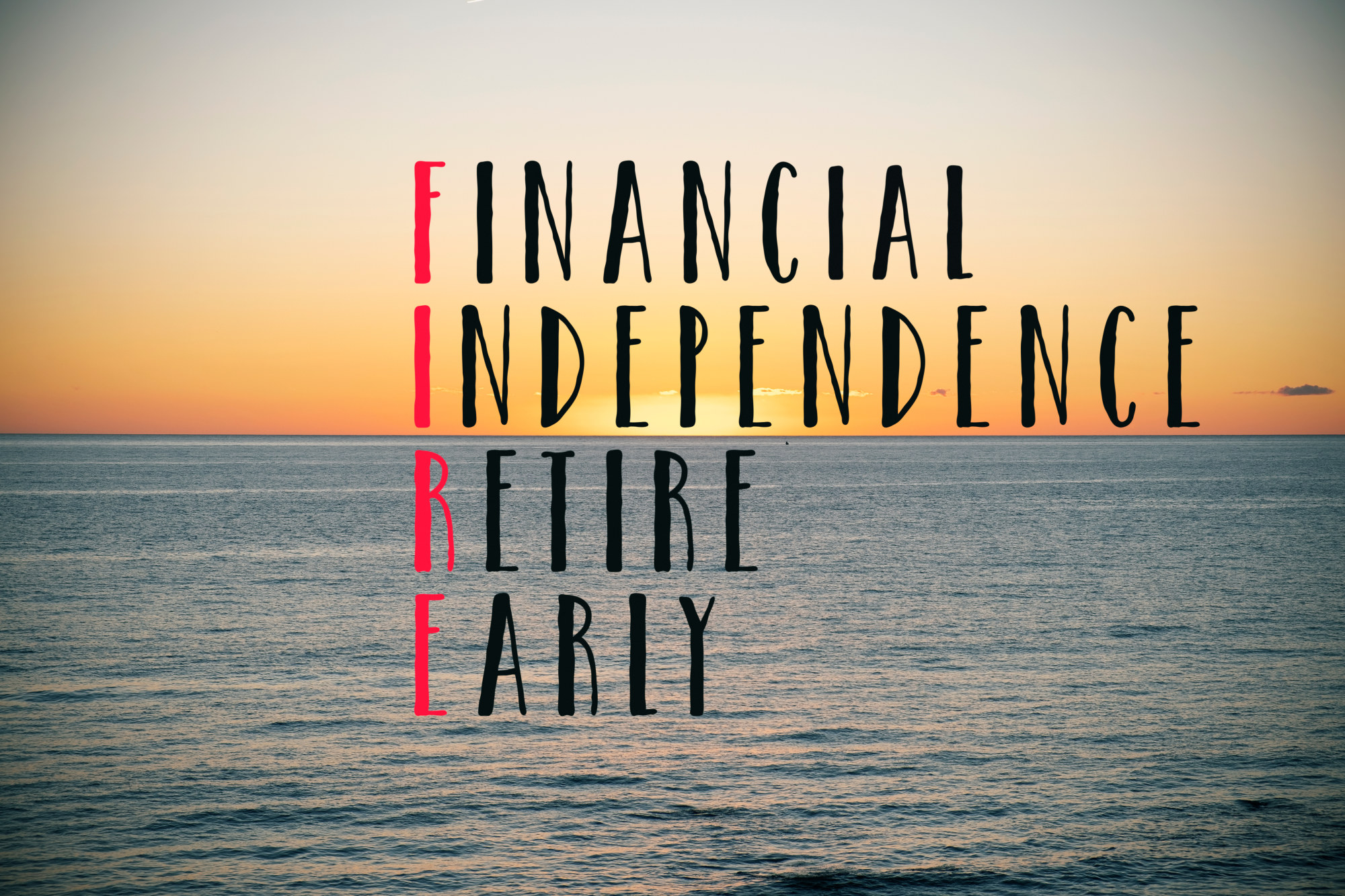Where’s the F.I.R.E.? It’s here, and it’s moving fast! F.I.R.E. (Financial Independence, Retire Early) is a movement that’s gaining steam. Simply put, it encourages a highly accelerated pace of savings and investing to achieve financial independence and retire far earlier than the traditional retirement age.
If retiring before you reach your 60s (or even sooner) is an idea you can get behind, keep reading. By combining the elements of aggressively saving and/or investing, living on the cheap, and minimizing spending and expenses to the extreme, you can create passive income streams from investments and a fat nest egg that can cover your living expenses after you retire.
3 Reasons to Pursue F.I.R.E.
Just kidding, there’s only two: financial independence and retire early, baby! Seriously, keep in mind that careers like fire fighting or law enforcement carry inherent risk; it’s vital to any retirement dream to secure an affordable long-term care (LTC) plan to protect you while you are still working.

F.I.R.E. As The Goal
The F.I.R.E. concept is mainly driven by millennials, who some would say are bound and determined to do things differently than their “boomer” parents and grandparents. However, regardless of the generation a person identifies with, or how suited they are for tiny home living or thrift store shopping, supporters of the F.I.R.E. system have certain things in common: they save 50-70% of their yearly income by living as frugally as possible. Then, once their total savings including investments reaches approximately 30x as much as their average annual expenses, it’s time to retire.
What Happens After Early Retirement?
With F.I.R.E., the idea is that once financial independence is achieved, retiring early and pursuing other passions and interests becomes the focus. So instead of meal-prepping lunches for the week, you’re traveling, doing non-profit work, spending more time with family, or pursuing a business venture you’ve always dreamed about.

Of course, one crucial point must be emphasized: Not all routes to achieving F.I.R.E. look the same. Not all nest eggs will look the same, and not everyone’s spending habits or living expenses will be the same. So, the baseline idea of F.I.R.E. is to withdraw approximately 3-4% of your savings per year to live on post-retirement.
Does F.I.R.E. Make Sense For You?
A married couple with three children may have difficulty adopting the F.I.R.E. plan and lifestyle. But single people in their twenties, or even married couples with no children, who plan to put a family off indefinitely, may be just the right candidates.
Critical Points of F.I.R.E.
Here are some key points to remember as you kick around the idea of making F.I.R.E. work for you.
- A fundamental requirement of F.I.R.E. is the discipline to live frugally and save and/or invest aggressively. Doing one without the other won’t work.
- Followers of F.I.R.E. should aim to live on about 30% of their annual income while still working and save/invest the rest.
- In the F.I.R.E. system, you’ll withdraw no more than 5% of savings annually to cover all your living expenses in your retirement: bills, insurance, utilities, vacations, etc.
- Successful F.I.R.E. devotees should love planning and mapping, fiscal discipline, and have a deep understanding of how investments work (having a trusted financial planner on speed dial also helps).

Whether or not you see yourself adopting the F.I.R.E. lifestyle, saving and investing now are essential for setting yourself up for success later in life. And it’s never too early or too late to think about retirement. Other ways to protect your savings and allow it to grow include affordable, long-term care options like those with N.P.F.B.A.




